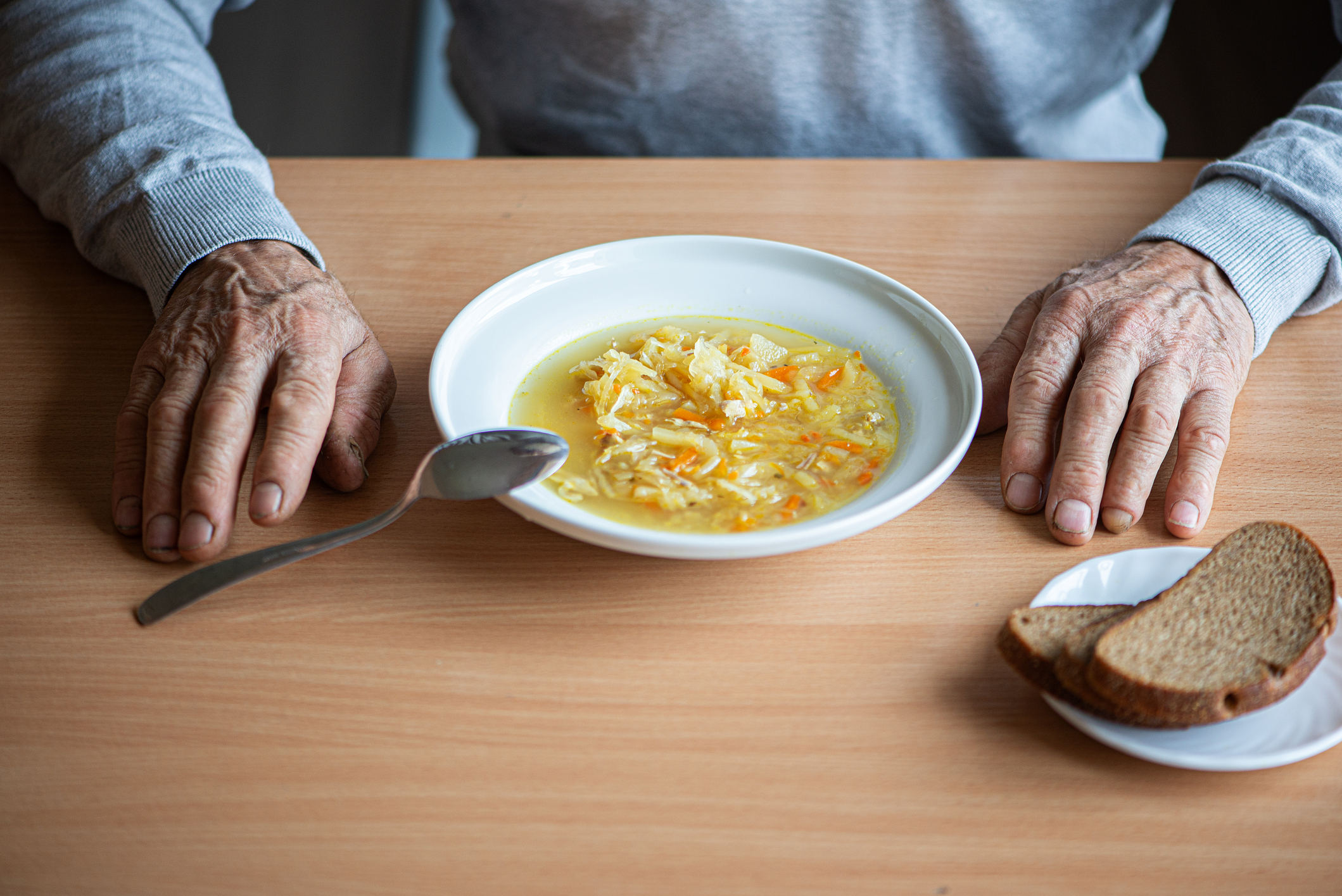Enlarged Prostate: What Exactly Does It Mean As You Age?
An enlarged prostate, or benign prostatic hyperplasia (BPH), is a common condition in older men that can lead to urinary symptoms such as frequent urination, difficulty starting or stopping urine flow, and nocturia (waking up frequently at night to urinate). While conventional treatments like medications and surgery are often effective, many individuals prefer to explore natural ways to manage their symptoms. For those already familiar with BPH management, here’s a deeper dive into natural strategies that can help you maintain prostate health and improve quality of life.
Diet and Nutrition: Going Beyond the Basics

A diet that supports prostate health is crucial, but it’s not just about eating more fruits and vegetables. Specific nutrients and foods have been studied for their potential benefits in managing BPH:
- Lycopene: Found in tomatoes, lycopene has antioxidant properties that may help reduce prostate size and improve symptoms. Cooking tomatoes, such as in sauces or soups, can increase the bioavailability of lycopene, making it easier for your body to absorb.
- Zinc: Prostate tissue naturally contains high levels of zinc, which plays a role in regulating prostate cell growth. Foods rich in zinc, like oysters, pumpkin seeds, and nuts, can support prostate health.
- Omega-3 Fatty Acids: Found in fatty fish like salmon and flaxseeds, omega-3s have anti-inflammatory properties that can help reduce the inflammation associated with BPH.
- Avoid Red Meat and High-Fat Dairy: Diets high in red meat and full-fat dairy have been linked to an increased risk of BPH. Opting for plant-based proteins, such as beans and lentils, can be beneficial.
Exercise: Tailoring Physical Activity for Prostate Health

Regular physical activity is well-known for its benefits, but specific types of exercise can be particularly effective for BPH:
- Aerobic Exercise: Activities like walking, jogging, and swimming improve cardiovascular health and can help manage symptoms by reducing inflammation and promoting hormone balance.
- Resistance Training: Weight lifting and resistance exercises can help reduce abdominal fat, which is associated with increased prostate size.
- Pelvic Floor Exercises (Kegels): Strengthening the pelvic floor muscles can improve urinary control and reduce symptoms of BPH. For best results, focus on isolating the pelvic muscles without tightening the abdomen, buttocks, or thighs.
Limiting Caffeine and Alcohol: Managing Irritants

Caffeine and alcohol are known bladder irritants and can exacerbate symptoms of BPH, such as increased urgency and frequency of urination. For those with advanced knowledge of BPH, consider a personalized approach:
- Track Your Triggers: Keep a diary of your caffeine and alcohol intake alongside your symptoms. This can help identify specific triggers and allow you to adjust your consumption accordingly.
- Hydration Balance: While limiting irritants is important, staying hydrated is crucial. Opt for water and herbal teas that are less likely to irritate the bladder.
Advanced Bladder Training Techniques

Bladder training goes beyond simply scheduling bathroom visits:
- Timed Voiding: Establish a regular schedule for urination (e.g., every two hours), gradually extending the time between visits to improve bladder capacity.
- Double Voiding: After urinating, wait a few moments and try to urinate again. This can help ensure the bladder is fully emptied and reduce the sensation of urgency.
- Biofeedback: Working with a specialist, biofeedback can help you learn to better control pelvic floor muscles, enhancing the effectiveness of bladder training exercises.
Additional Natural Remedies and Advanced Tips

Hydration ManagementMaintaining adequate hydration without overloading the bladder is key. Spread your fluid intake evenly throughout the day and limit fluids in the evening to reduce nighttime urination.
Stress Management TechniquesChronic stress can exacerbate BPH symptoms by increasing tension in pelvic floor muscles and affecting hormone levels. Advanced techniques like mindfulness meditation, tai chi, and biofeedback can be more effective than basic stress management strategies.
Prostate-Friendly SupplementsConsider advanced supplements like quercetin, a flavonoid with anti-inflammatory properties, or stinging nettle root, which has shown promise in improving urinary symptoms associated with BPH. Research continues to evolve, so stay updated on the latest findings and discuss options with your healthcare provider.
Monitoring Symptoms and When to Seek Medical Advice

Regular check-ups with your healthcare provider remain crucial, even when managing BPH naturally. Tracking the severity and frequency of symptoms can help gauge the effectiveness of your management strategy:
- Symptom Scores: Tools like the International Prostate Symptom Score (IPSS) can help quantify your symptoms and track changes over time.
- PSA Levels: While PSA (Prostate-Specific Antigen) tests are commonly used to screen for prostate cancer, elevated levels can also indicate BPH. Regular monitoring can help differentiate between benign and concerning changes.
If natural methods do not provide sufficient relief, or if symptoms worsen, it's essential to consult with a healthcare provider. In some cases, medications such as alpha-blockers or 5-alpha-reductase inhibitors, or even surgical interventions like TURP (transurethral resection of the prostate), may be necessary to effectively manage BPH.
A Balanced Approach

Managing an enlarged prostate naturally involves a combination of lifestyle changes, dietary adjustments, and strategic use of supplements. For those familiar with the basics, diving deeper into specific strategies and monitoring tools can optimize your approach. Always combine natural methods with professional medical guidance to ensure the best outcomes and maintain a high quality of life.